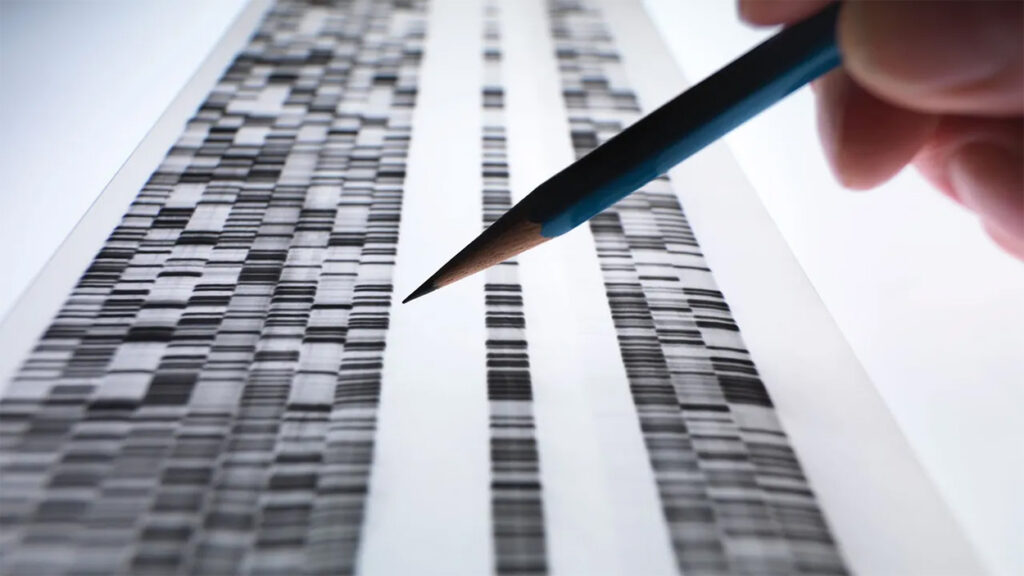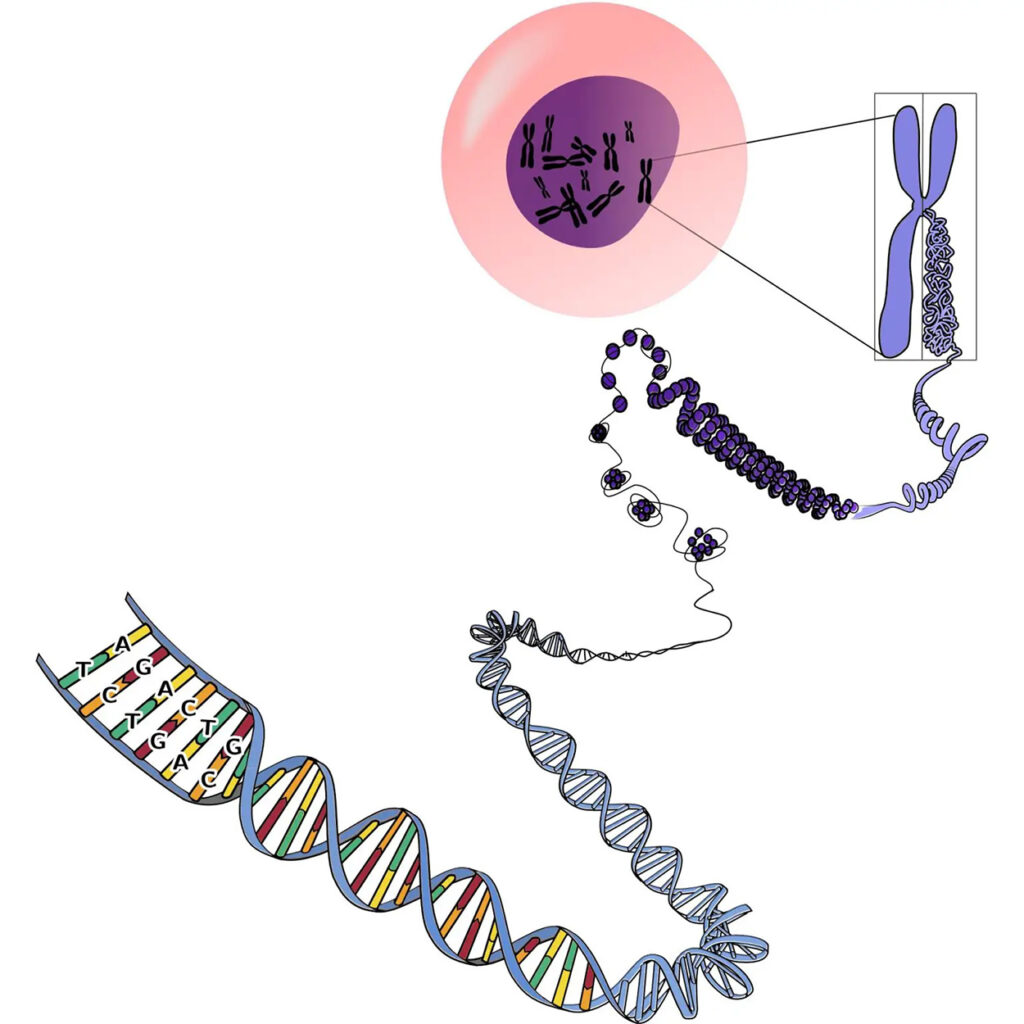Evolutionary Genomics Key to Understanding Human Diseases
Hundreds of scientists have conducted studies for decades searching for the genes that form the basis of human traits, from intelligence to eye color and mental and physical illnesses. Some humans have diseases unique to a particular group, while others suddenly develop diseases that surprise doctors.
But since different teams conducted their specific type of studies, it is sometimes difficult to arrive at definitive conclusions. This dilemma could soon end with the new manual a team of scientists created for researchers to learn more about the origins of human diseases, particularly those with high genetic risks.
A reference manual
Using the power of evolutionary genomics, the University of North Carolina (UNC) School of Medicine, led by Patrick Sullivan, MD, FRANZCP, the Yeargan Distinguished Professor of Psychiatry and Genetics at UNC and the Psychiatric Genomic Consortium, recently announced in the journal Science, a new packet or reference manual which can help researchers an alternative way to understand human diseases.
According to Prof. Sullivan, the manual will be an excellent tool to provide plenty of vital hints about human disease. Looking into the human genome can provide information about a person’s ancestors, which could be human and non-human, and even observe the effects of several million years of evolution on a human being.
Looking into what makes people mammals
Many people know about DNA, which carries the genetic information for the development and function of every single living organism. DNA is a self-replication molecule acting as a pattern in developing particular molecules in organisms. DNA showed scientists that 98.8 percent of genetic material is common between humans and chimpanzees.
Although some of the human genes have evolved, others have stayed the same throughout the mammalian evolution over the years. These are called highly constrained genes, according to scientists. In several parts of the genome, human genes have genetic similarities in several animals, such as dolphins, bats, cats, dogs, cows, and mice.
These highly constrained genes unite people and certain animals as mammals. Prof. Sullivan said that since these genes have passed “rigorous tests” throughout evolutionary history, the unaltered genetic areas of the genome play the first role in the genetic makeup and health of the organism.
For example, he explained that some highly constrained genes are almost identical in humans and mice. He said it is surprising given that the evolution gap between humans and mice is about 60 million years. The professor further explained that the specific protein has not changed.

Shared anatomical structures
Some mammals and humans share anatomical structures, such as milk-producing mammary glands, skeleton, hair or fur, lungs, and a four-chambered heart. Embryology is another fundamental process that humans and mammals share on a smaller scale.
Looking at human mental and physical health in a new way
These shared structures and processes are formed on similar genetic regions. Thus, if one of these genes is deleted or altered, it could have negative repercussions on the organism.
With evolutionary genomics, researchers can check if a patient with a psychiatric or neurological brain disorder received a big hit to one of the highly constrained genes.
Many researchers already rely on the genome-wide association study. It facilitates finding where a disease’s genetic risk is located in the genome, and using genomic techniques and large-size samples helps them analyze genomes of different populations. It gives them an advantage in finding genetic variations associated with a trait or disease.
Professor Sullivan hopes that the new and comprehensive manual can help many researchers to reach conclusions on the genetics underlying a wide range of human diseases. He said that while knowing where the variations in the genome are located, it is more functional to learn why or how the genetic variations occurred.
He added that the comprehensive manual helped him several times in his studies regarding eating disorders, depression, suicide, and schizophrenia.
In the future, Professor Sullivan said he hopes he and other researchers like him can probe the short regions within the DNA (regulatory enhancers and regulatory promoters) and increase or decrease them to affect the production of proteins by the genes. The aim is to lessen the effects of a genetically based disease to improve a patient’s survival rate.
